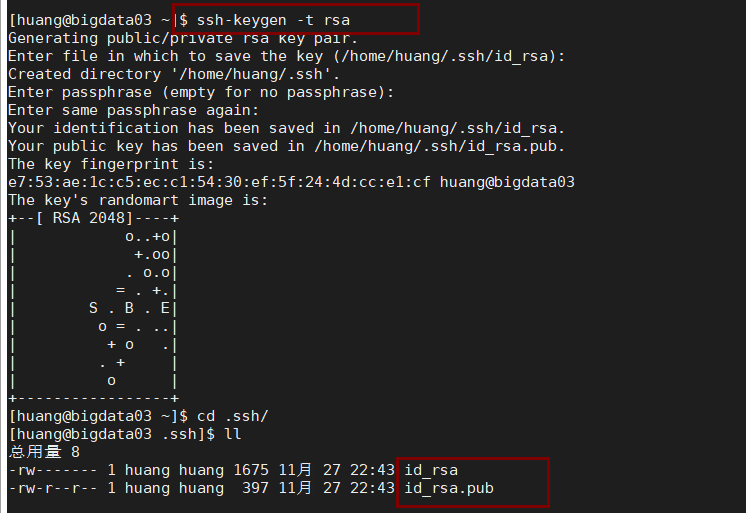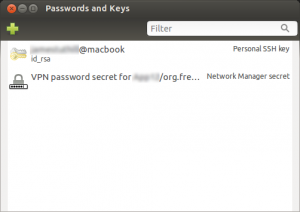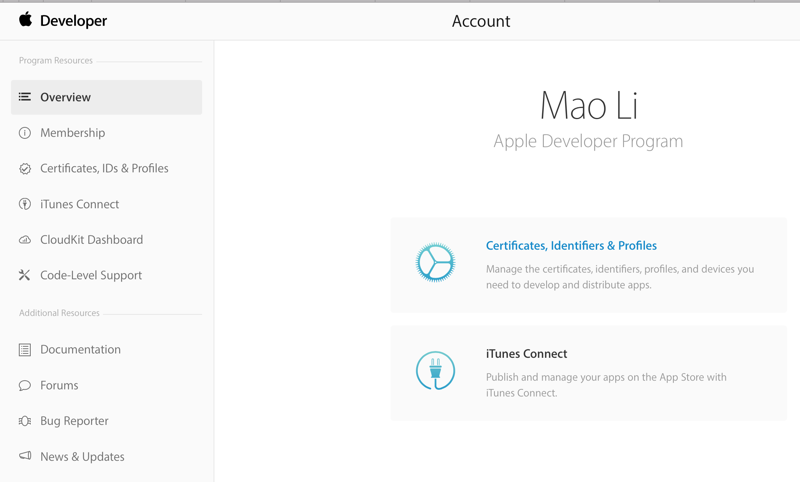
Type=AVC msg=audit(1580206788.877:2649): avc: denied for pid=84056 comm="sshd" name="authorized_keys" dev="dm-0" ino=74366557 scontext=system_u:system_r:sshd_t:s0-s0:c0.c1023 tcontext=unconfined_u:object_r:home_root_t:s0 tclass=file permissive=0įirst, make sure that semanage is available. I filtered the audit log for the authorized_keys filename and tried to log in from the client machine: ssh]# tail -f /var/log/audit/audit.log |grep authorized_keys


For me, it turned out to be a problem with SELinux that prevented access to the user's authorized_keys file.
#SSH COPY ID NO IDENTITIES FOUND PASSWORD#

#SSH COPY ID NO IDENTITIES FOUND CODE#
Minor code may provide more informationĭebug2: we did not send a packet, disable methodĭebug3: remaining preferred: keyboard-interactive,passwordĭebug1: Next authentication method: publickeyĭebug1: Trying private key: /home/saguna/.ssh/identityĭebug3: no such identity: /home/saguna/.ssh/identityĭebug1: Offering public key: /home/saguna/.ssh/id_rsaĭebug2: we sent a publickey packet, wait for replyĭebug1: Trying private key: /home/saguna/.ssh/id_dsaĭebug3: no such identity: /home/saguna/.ssh/id_dsaĭebug1: Next authentication method: password: This is the debug info from the client: debug2: key: /home/saguna/.ssh/identity ((nil))ĭebug2: key: /home/saguna/.ssh/id_rsa (0x2b31921be9a0)ĭebug2: key: /home/saguna/.ssh/id_dsa ((nil))ĭebug1: Authentications that can continue: publickey,gssapi-with-mic,passwordĭebug3: start over, passed a different list publickey,gssapi-with-mic,passwordĭebug3: preferred gssapi-with-mic,publickey,keyboard-interactive,passwordĭebug3: authmethod_lookup gssapi-with-micĭebug3: remaining preferred: publickey,keyboard-interactive,passwordĭebug3: authmethod_is_enabled gssapi-with-micĭebug1: Next authentication method: gssapi-with-micĭebug3: Trying to reverse map address 192.168.1.75.ĭebug1: Unspecified GSS failure. What did I miss?ĮDIT: checked ssh_config and permissions as advised.

Once you type in your server password and hit enter, the SSH key will have been copied to the remote server. You'll most likely be prompted for a password. Let's ssh-copy-id followed by the user name that you which to SSH as, followed an followed by the IP address or the host name of the remote host. There's a simple helper command that makes this really easy, called ssh-copy-id. Instructor: Once you have generated your SSH private and public keys, the next step is to copy the public key to the remote server you wish to authenticate against.


 0 kommentar(er)
0 kommentar(er)
